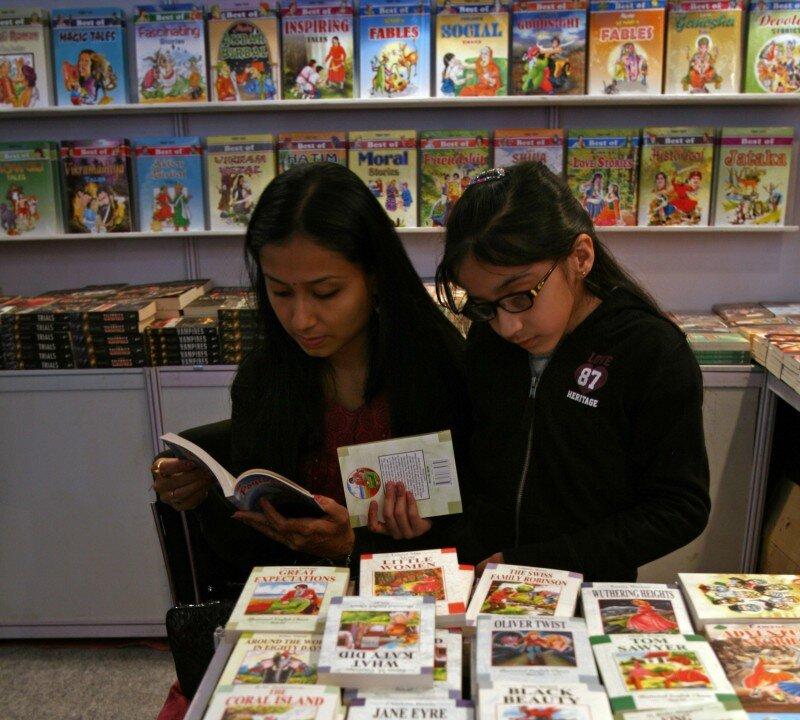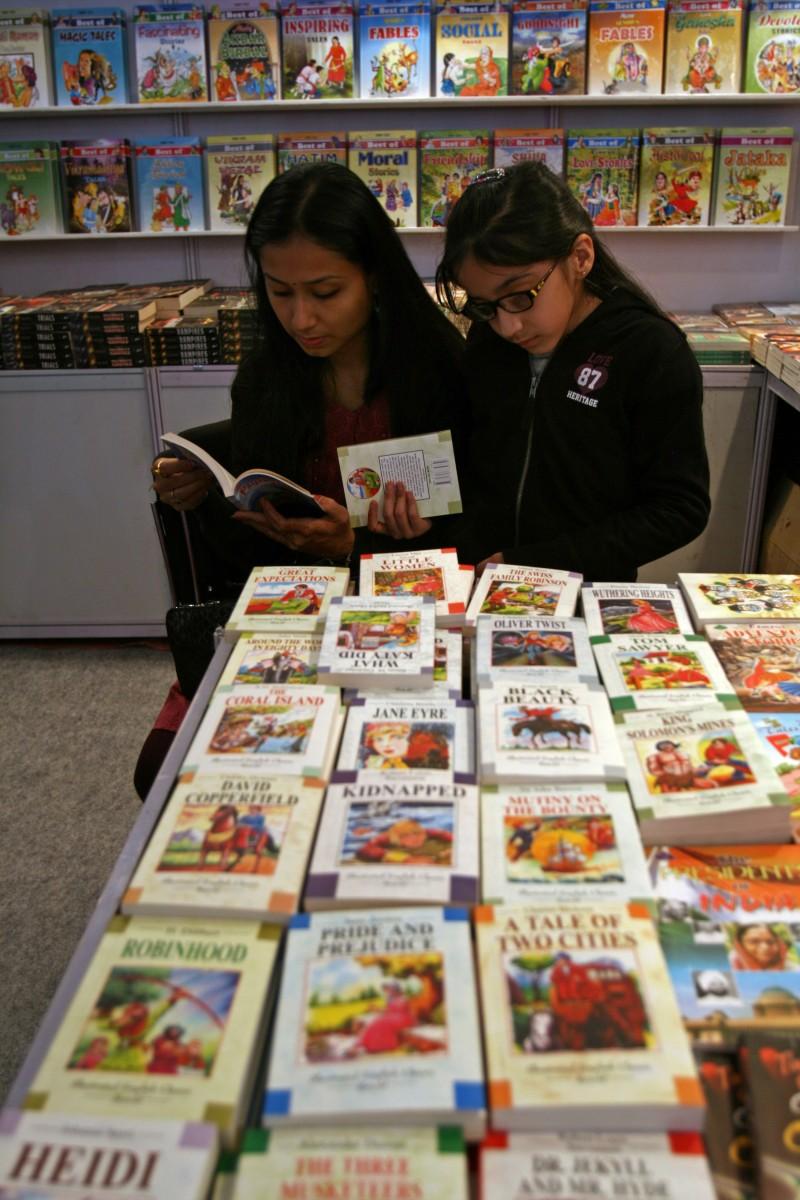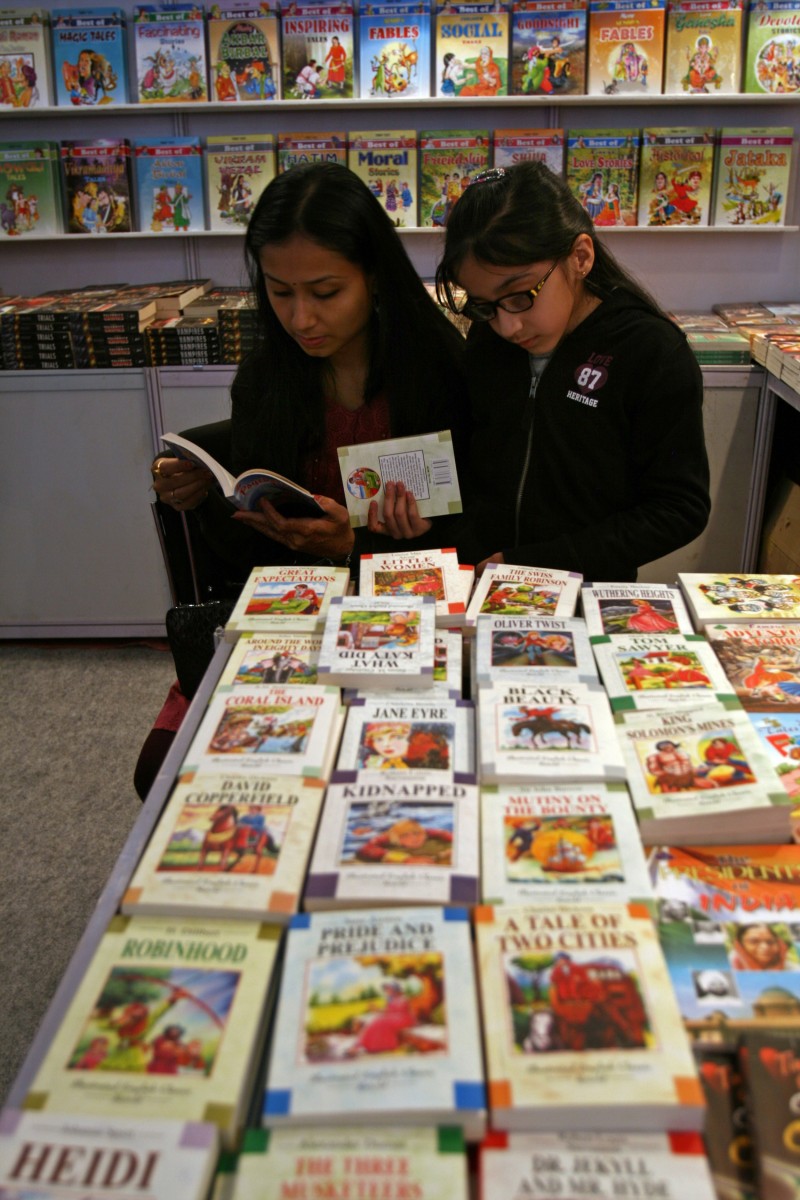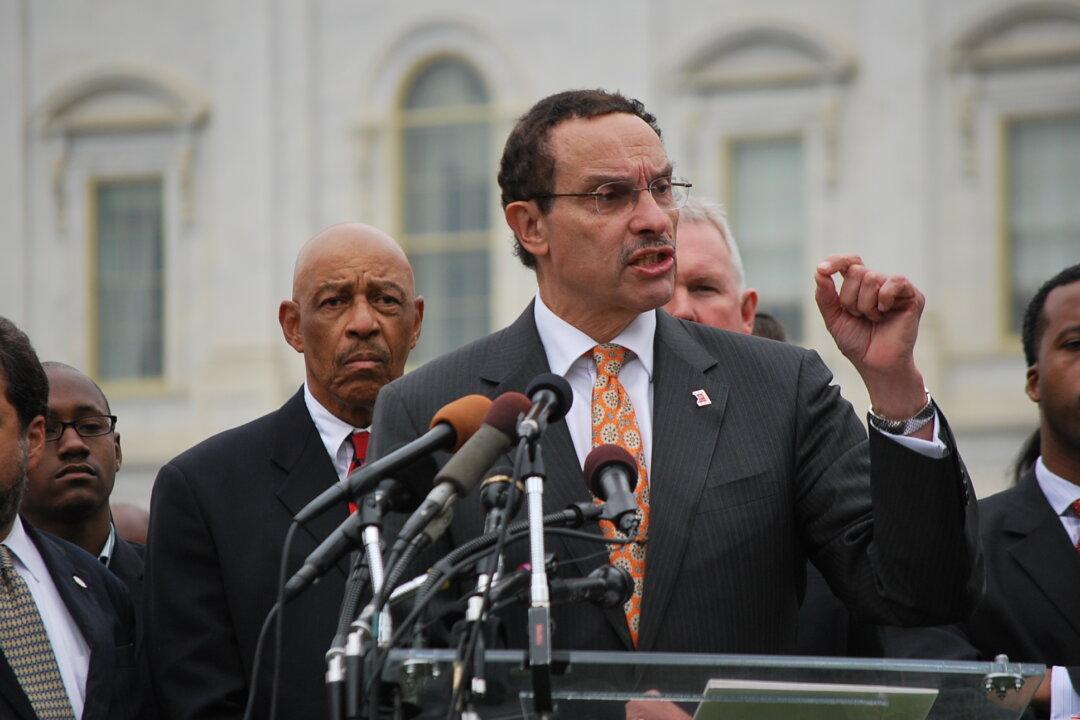Books Minority Children Want to Read
First Book announced last week its plans to purchase 1 million dollars’ worth of children’s books that feature characters who are ethnic minorities and that explore cultures and stories underrepresented in currently published children’s books.
First Book is a nonprofit organization that connects book publishers and community organizations to provide “access to new books for children in need,” according to the group’s website. It has provided more than 100 million new books to schools and programs serving children in need, according to its website.
“We think getting relevant books to children in need is a solvable problem and we are embarking on a journey with the Stories for All Project,” said Kyle Zimmer, co-founder and president of First Book, in a March 11 announcement of the project’s kick-off.
First Book chose publishers Lee & Low Books and HarperCollins Children’s Books as their suppliers. First Book purchased $500,000 worth of children’s books from each company. These books will be distributed free of charge—or at greatly reduced prices—to educators and schools who serve “children in need.”
The million-dollar purchase marks the beginning of the Stories for All Project, a multi-year initiative to meet the need for books that reflect the growing, diverse population.
“The objectives and goals of [Stories for All] project and our company’s mission are so closely aligned,” said Jason Low of Lee & Low Books. “Lee & Low was founded in 1991 with the sole mission to meet the needs for books that children of color can identify with and that all kids can enjoy.”
The hundreds of thousands of books First Book purchased from HarperCollins and Lee & Low Books will be available beginning in May through the First Book Marketplace, a website offering deeply discounted books and educational materials exclusively to schools and programs serving kids in need.
In 2012, only 3.3 percent of the 3,000 children’s books reviewed by the Cooperative Children’s Book Center (CCBC) featured Africans or African-Americans; 1.5 percent featured Latinos, 2.1 percent featured Asian Pacific Islanders or Asian Pacific Americans, and less than 1 percent were about American Indians. The CCBC is a study and research library of the School of Education at the University of Wisconsin-Madison that focuses on books published for children and young adults.
Engaging Young Readers
The D.C. Public Library offers family story time on Saturday mornings at various libraries in addition to other activities like its movie night. The idea is to make the library a welcoming social place for kids. The Montgomery County Public Library offers Act it Out Kids Book Club at its Rockville branch, where Kindergarten, first, and second graders are able to act out the stories they read. Last year, the Montgomery County Public Library offered a summer reading program for newborns, young children, and teens.
If a child is reluctant to read, getting them to the library may be a difficult feat. K12reader.com is a website that offers instructional resources for parents and teachers. The website suggests that parents try to identify the root cause of their child’s reluctance by observing the child when the he or she approaches reading. Does he or she start reading and then abandon it after losing interest? Does he or she have trouble reading actual texts?
If a parent thinks their child is having difficulties, K12reader suggests checking with the child’s school to see if they have a reading specialist available. If it seems that the child’s reluctance is not an issue of processing information, the website suggests that the child may have a problem engaging with the material they are reading.
DC Supports Public School Libraries
The librarian went from a “core” funded position to a “flexible” funded position in the D.C. Public Schools (DCPS) last year, which gave principals the option of whether or not to pay for librarians, according to a National Public Radio report. The decision concerning where funds would be allocated was one of many tough decisions facing DCPS school officials.
“We know how absolutely fundamental reading is to our students’ success. School libraries can be a critical resource, one that we can better utilize to support the goals we’ve set in a Capital Commitment and other core academic work,” said DCPS Chancellor Kaya Henderson in a press release.
In the fall of last year, Henderson established an 18-member DCPS Library Task Force, comprised of DCPS principals, instructional superintendents, teachers, library media specialists, parents, and community members, to support DCPS school libraries. The task force was assigned to make recommendations for consideration and possible implementation in the 2013–2014 school year.
In December 2012, the task force released a report with recommendations, which states that all students in the DCPS should be provided with access to a wide variety of materials that appeal to their interests and are appropriate for their reading level. Additionally, children should have access to information literacy instruction, a full-time certified library media specialist, a wide selection of books to support reading for pleasure, and opportunities to engage in reading materials written in their first language in addition to English.




